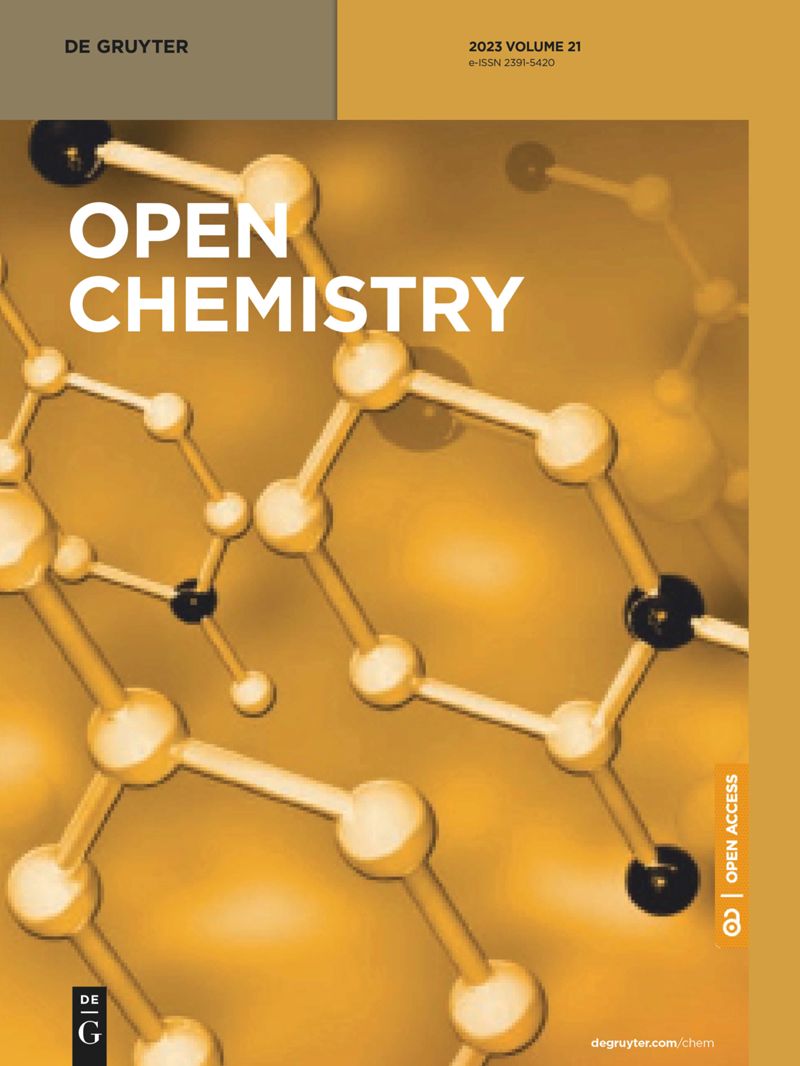通过氨分解生产富氢燃料的理论研究
IF 1.9
4区 化学
Q3 CHEMISTRY, MULTIDISCIPLINARY
引用次数: 0
摘要
考虑到与氢气储存和运输有关的挑战阻碍了氢气的广泛应用,氨气因其储存简单、成本低廉等优势,已成为一种无碳的氢气载体。但是,由于与氨的净燃烧有关的一些限制,建议以氨的形式储存氢气,并在发动机和涡轮机等不同应用中使用前将其转化为富氢燃料。因此,本文利用 Aspen Plus V.12 对通过氨分解生产富氢燃料进行了全面的热力学分析,以评估操作参数对转化率 (CR) 和反应热焓等关键标准的影响,从而确定工艺的最高效率水平。结果表明,在特定温度下,氨的转化率随着压力的升高而降低,因此在压力分别为 1 巴和 10 巴、温度分别为 427 K 和 513 K 时,氨的转化率超过 50%。此外,还对富氢燃料的绝热火焰温度进行了研究,结果表明,氢的摩尔百分比从 0 增加到 50 会导致最高绝热火焰温度从 2,079 K 上升到 2,216 K。本文章由计算机程序翻译,如有差异,请以英文原文为准。
Theoretical investigation of hydrogen-rich fuel production through ammonia decomposition
Considering the challenges related to hydrogen storage and transportation which hinder its widespread adoption, ammonia has emerged as a carbon-free carrier for hydrogen due to several advantages such as simple inexpensive storage. But, due to some limitations related to net ammonia combustion, the suggestion is to store hydrogen in the form of ammonia and convert it into hydrogen-rich fuel before utilization in different applications like engines and turbines. Therefore, in this article, a comprehensive thermodynamic analysis of hydrogen-rich fuel production via ammonia decomposition is conducted utilizing Aspen Plus V.12, to assess the impact of operating parameters on key criteria such as conversion rate (CR) and enthalpy of reaction, to establish the maximum level of efficiency of the process. The results show that at a specific temperature, the CR of ammonia decreases as the pressure rises so that the CR of more than 50% occurred at temperatures of 427 and 513 K for pressures of 1 and 10 bar, respectively. Moreover, the adiabatic flame temperature of hydrogen-rich fuel is investigated so that increasing the molar percentage of hydrogen from 0 to 50 leads to an increase in the maximum adiabatic flame temperature from 2,079 to 2,216 K.
求助全文
通过发布文献求助,成功后即可免费获取论文全文。
去求助
来源期刊

Open Chemistry
CHEMISTRY, MULTIDISCIPLINARY-
CiteScore
3.80
自引率
4.30%
发文量
90
审稿时长
6 weeks
期刊介绍:
Open Chemistry is a peer-reviewed, open access journal that publishes original research, reviews and short communications in the fields of chemistry in an ongoing way. The central goal is to provide a hub for researchers working across all subjects to present their discoveries, and to be a forum for the discussion of the important issues in the field. The journal is the premier source for cutting edge research in fundamental chemistry and it provides high quality peer review services for its authors across the world. Moreover, it allows for libraries everywhere to avoid subscribing to multiple local publications, and to receive instead all the necessary chemistry research from a single source available to the entire scientific community.
 求助内容:
求助内容: 应助结果提醒方式:
应助结果提醒方式:


